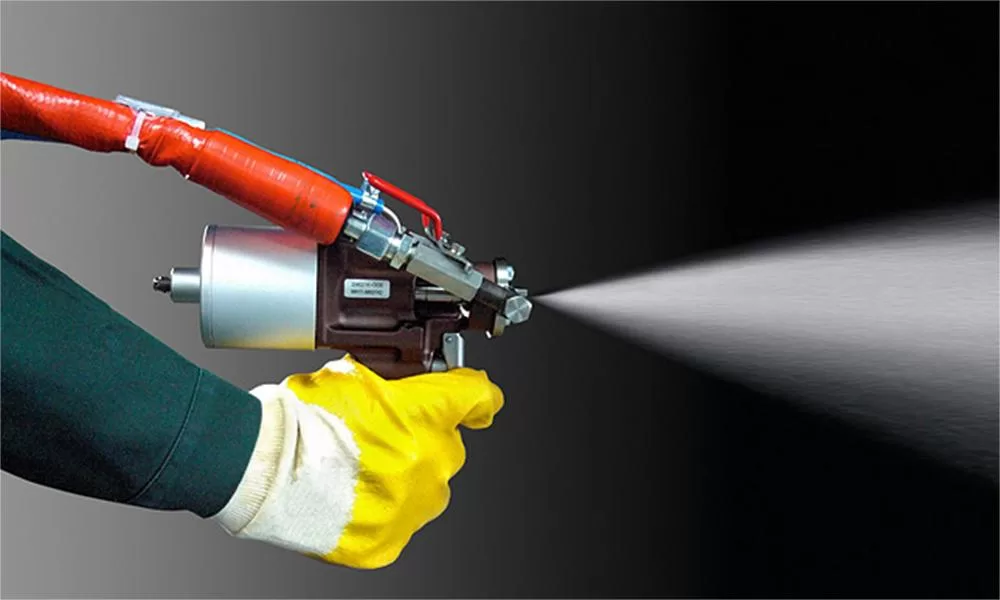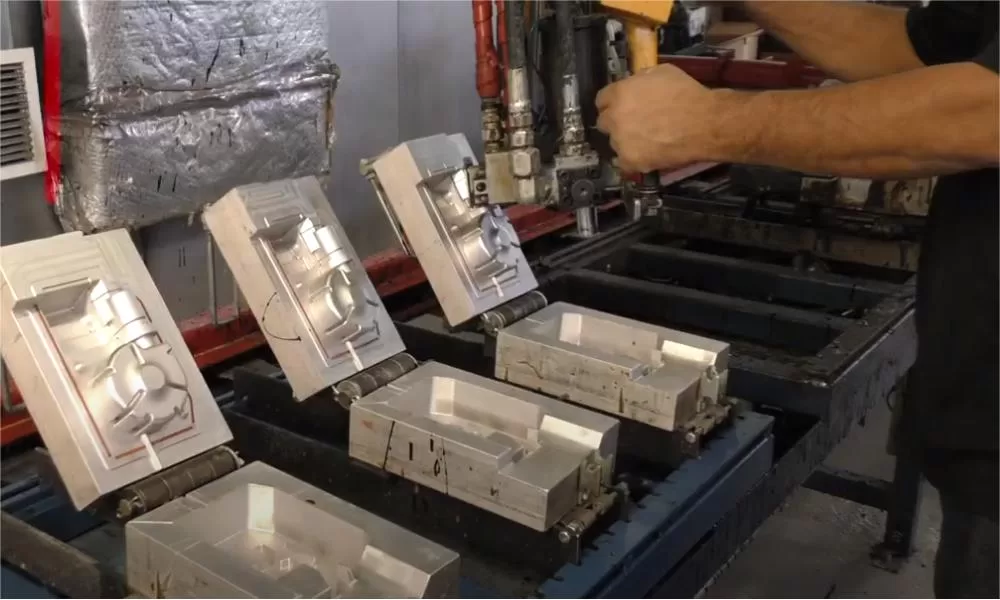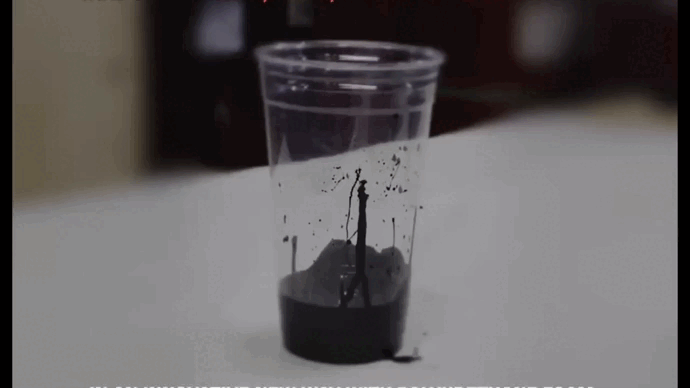In the vast realm of polymers, polyurethane foam stands out as a versatile and innovative material, transforming industries with its unique properties and applications. Born from the intricate chemical reactions between isocyanates and polyethers, polyurethane boasts remarkable heat, chemical, and water resistance. This article delves deep into the world of polyurethane foam, shedding light on its production, classifications, advantages, and the challenges it poses to the environment. As we navigate through the intricacies of this material, we’ll also explore its future prospects, ensuring a comprehensive understanding of polyurethane foam and its significance in modern applications.

Introduction to Polyurethane Foaming
Polyurethane foaming is a chemical reaction process through which raw polyurethane material creates bubbles under specific conditions to form a porous foam structure. This foam is lightweight, insulating, and flexible, making it popular for many applications such as building insulation, furniture, mattresses, footwear, and automobile seats. At Ifoama, our products are made with polyurethane foam.
Basic Components of Polyurethane
At the heart of polyurethane foam are two primary components: polyisocyanates and polyols. These compounds, when combined, undergo a chemical reaction that results in the formation of polyurethane. While polyisocyanates provide the necessary rigidity, polyols add flexibility. Additionally, other ingredients play crucial roles. Catalysts, for instance, accelerate the reaction, ensuring efficiency. Foaming agents are pivotal in creating the foam’s cellular structure, and stabilizers and surfactants are added to maintain the foam’s consistency and shape.
The Chemical Principle Behind Foaming
The basic principle of polyurethane foaming is that when polyisocyanates and polyols are mixed in the presence of a catalyst and/or blowing agent, they react to produce carbon dioxide or other gases. The bubbles formed by these gases are surrounded by cured polyurethane solids, resulting in a foam structure.
The creation of polyurethane foam is a marvel of chemistry. As polyisocyanates and polyols react, they expand, forming a matrix that captures gas, resulting in the formation of bubbles. This process gives rise to a lightweight, porous structure, ideal for various applications. The choice of foaming agent, whether physical or chemical, can significantly influence the foam’s final properties. Physical agents, like hydrocarbons, vaporize when exposed to heat, aiding in foam formation. In contrast, chemical agents release gas upon decomposition, with water being a common example.
Comparison Between Physical and Chemical Foaming Agents
Physical Foaming Agents
Physical foaming agents, also known as blowing agents, rely on their inherent volatile nature to produce foam. When subjected to heat or pressure during the foaming process, these agents vaporize, leading to the formation of gas bubbles within the polyurethane mixture. This expansion creates the foam’s cellular structure. Some common physical foaming agents include:
- Hydrocarbons: Examples include butane, pentane, and isopentane. These are often used due to their low environmental impact and cost-effectiveness. They are especially favored in the production of flexible foams.
- Fluorocarbons: While effective, these have been under scrutiny due to potential environmental concerns, especially regarding ozone depletion. HFCs (hydrofluorocarbons) are a common type, known for their low thermal conductivity.
Chemical Foaming Agents
Chemical foaming agents decompose during the foaming process, releasing gases that contribute to the formation of the foam’s cellular structure. The type and amount of gas released depend on the specific chemical agent used. Some prominent chemical foaming agents include:
- Water: When mixed with isocyanates, water releases carbon dioxide. This reaction is a primary method for producing flexible polyurethane foams. The carbon dioxide generated acts as a blowing agent, creating the foam structure.
- Azodicarbonamide: Commonly used in the production of vinyl foams, it decomposes to release nitrogen, carbon monoxide, and carbon dioxide. It’s favored for its ability to produce uniform cell structures in foams.
- Sodium Bicarbonate: Often combined with citric acid or tartaric acid, it releases carbon dioxide upon decomposition. This is more commonly used in the food industry but can find applications in specific polyurethane foaming processes.
Characteristics of Polyurethane Foam
Polyurethane foam boasts several distinct characteristics. Its density, which refers to its mass per unit volume, can be adjusted by altering the formulation, allowing manufacturers to produce foams tailored for specific applications. Porosity, or the foam’s open spaces, determines its insulation capabilities. A higher porosity translates to better insulation but might compromise the foam’s structural integrity. Elasticity, another crucial property, dictates how the foam responds to external pressures, making it ideal for cushioning applications.

Applications of Polyurethane Foaming
The versatility of polyurethane foam has led to its widespread use in various sectors. In construction, it’s prized for its insulation capabilities, making it ideal for walls and roofs. It also plays a crucial role in sealing gaps, enhancing a building’s energy efficiency. In the furniture industry, its elasticity and comfort have made it the material of choice for cushions in sofas and mattresses. The automotive sector also heavily relies on it for car seats, dashboards, and insulation, thanks to its lightweight nature and durability.
Environmental and Health Considerations
While polyurethane foam offers numerous benefits, it’s essential to consider its environmental and health impacts. From an environmental standpoint, its durability is a double-edged sword. While it ensures longevity in products, it also means the foam isn’t biodegradable, posing significant disposal challenges. On the health front, while cured polyurethane foam is generally considered safe, the fumes from its uncured counterpart can be harmful. Proper ventilation during its application is crucial, as is the use of protective gear.
Future Trends in Polyurethane Foaming
The world of polyurethane foam is ever-evolving. As environmental concerns mount, there’s a discernible shift towards bio-based polyurethanes, which promise a reduced carbon footprint. Continuous research and development are also leading to innovations in catalysts, foaming agents, and production processes. These advancements ensure the production of higher-quality foams with enhanced properties, catering to the ever-changing demands of various industries.
Common Questions and Misconceptions
Several misconceptions surround polyurethane foam. A common query is its toxicity. While the foam, once fully cured, is inert and safe, its uncured counterpart can release toxic fumes, underscoring the importance of safety measures during its application. Another frequent question pertains to its storage and handling. It’s recommended to store polyurethane foam in a cool, dry place and always use protective gear like gloves and masks when handling its uncured form to prevent direct contact and inhalation.

Conclusion
In conclusion, polyurethane foam, with its myriad applications and unique properties, has firmly established its place in modern industries. Its versatility, combined with its adaptability, ensures its continued relevance in various sectors. However, as we forge ahead, it’s imperative to balance its benefits with environmental and health considerations, ensuring a sustainable future.

